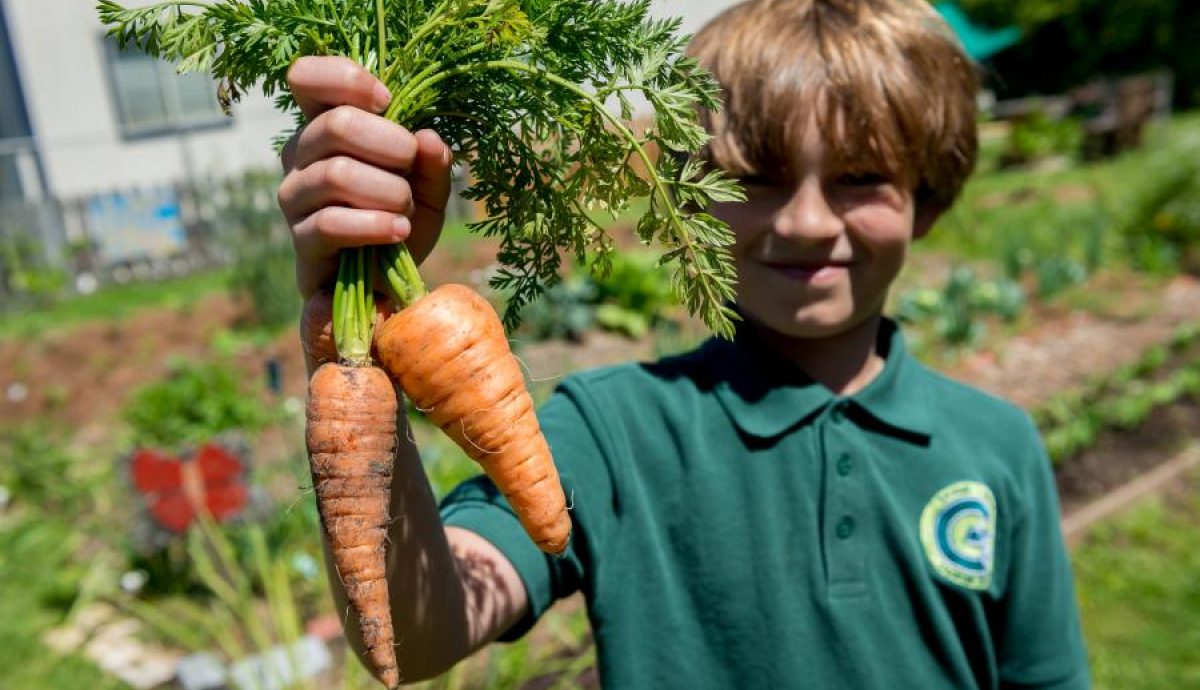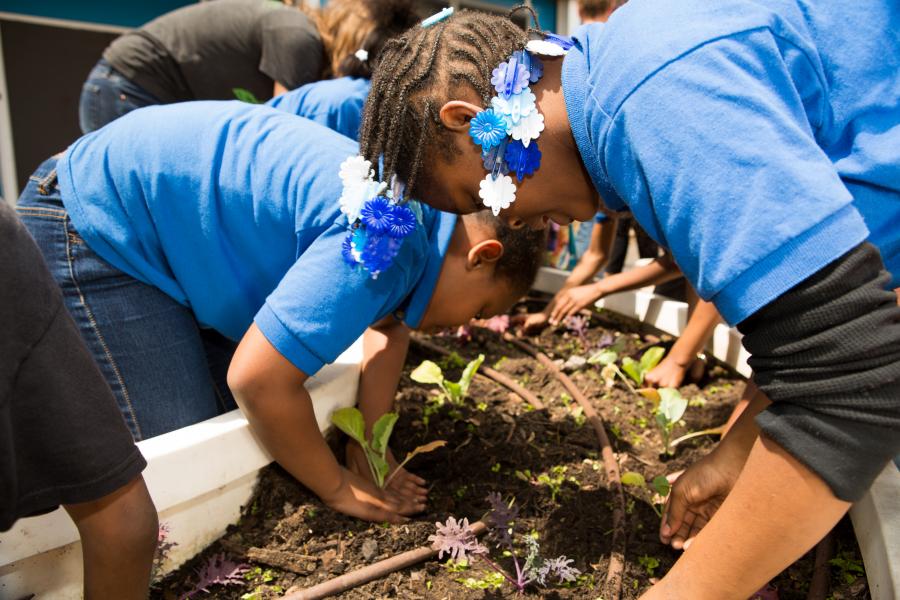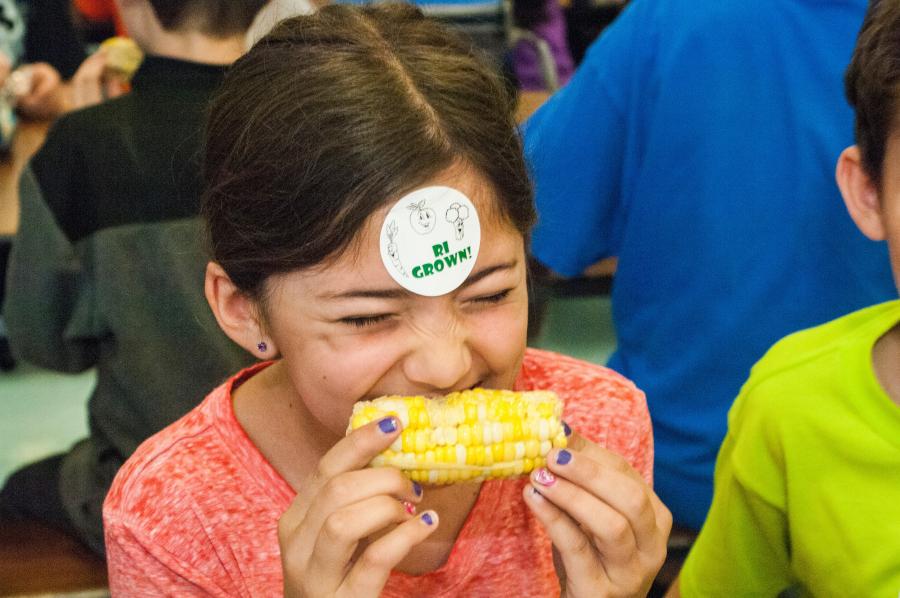School Gardens: The Why and How
Resources on getting support from your administration for a school garden, how to start a garden, and getting students excited to plant!

Why school gardens?
Creating a school garden seems like a daunting task. Materials, money, man power... is a school garden worth all of that?
Yes, yes it is.
Research shows school gardens have a positive impact on student learning, health, and nutrition. They teach good eating habits, science, math, and business skills. They introduce students to new and healthy foods. School gardens get students moving and outside. It gives them something to look forward to!

Photo credit: USDA / CC0
Is your administration struggling to understand how school gardens can be incorporated into classroom learning?
Read the stats from the Farm to School Census.
School Garden Wizard has a PDF of National Science Standards and other learning standards that school gardens address – broken out by grade level.
How do you create a school garden?

Photo credit: USDA / CC0
Step One: Talk to your local Farm Bureau and Ag in the Classroom. They might be able to help you find funding, additional resources, or point you in a direction that can help. They might have a program that can help you get a school garden running, like this one in Utah, or a grant like this one in Tennessee.
Step Two: Find Resources (We dug through the internet for you! Here are some good ones.)
- Get students excited and involved with the School Garden Ag Mag: This standards-aligned non-fiction reader is full of great ideas for themed gardens and supporting activities. Explore learning gardens around the world as your students dig in! (It is also available in Spanish!)
- School Garden Wizard: Offers a step by step process for starting a garden (including planning worksheets)
- USDA Farm to School
- School Gardens: Using Gardens to Grow Healthy Habits in Cafeterias, Classrooms and Communities, is a PDF fact sheet offering information on:
- Using school garden produce in the cafeteria
- Gardens as a classroom
- Food safety in the school garden
- Funding a school garden and more.
- School Gardens: Using Gardens to Grow Healthy Habits in Cafeterias, Classrooms and Communities, is a PDF fact sheet offering information on:
- Get a quick school garden check list from Let's Move!

Photo credit: USDA / CC0
No space? No problem.
Gardens don’t have to be big. You can plant herbs in pots on a windowsill. You can plant vertical gardens with beans, peas, or flowering vines. You can plant vegetables in a container. You can also use raised beds outside which take up less space.
Garden books to inspire you and students!
- Sylvia’s Spinach
- Our School Garden
- Seed Soil Sun
- First Peas to the Table
- Grandpa’s Garden
- Rainbow Stew
- How to grow a school garden: a complete guide for parents and teachers

Photo credit: USDA / CC0
Why should you start a school garden? Seeing your students more engaged and healthier are two great reasons, but also getting out in the garden might make you happier too. Why wait? Let’s get growing!
There is a lot of fun to be had with a school garden.









